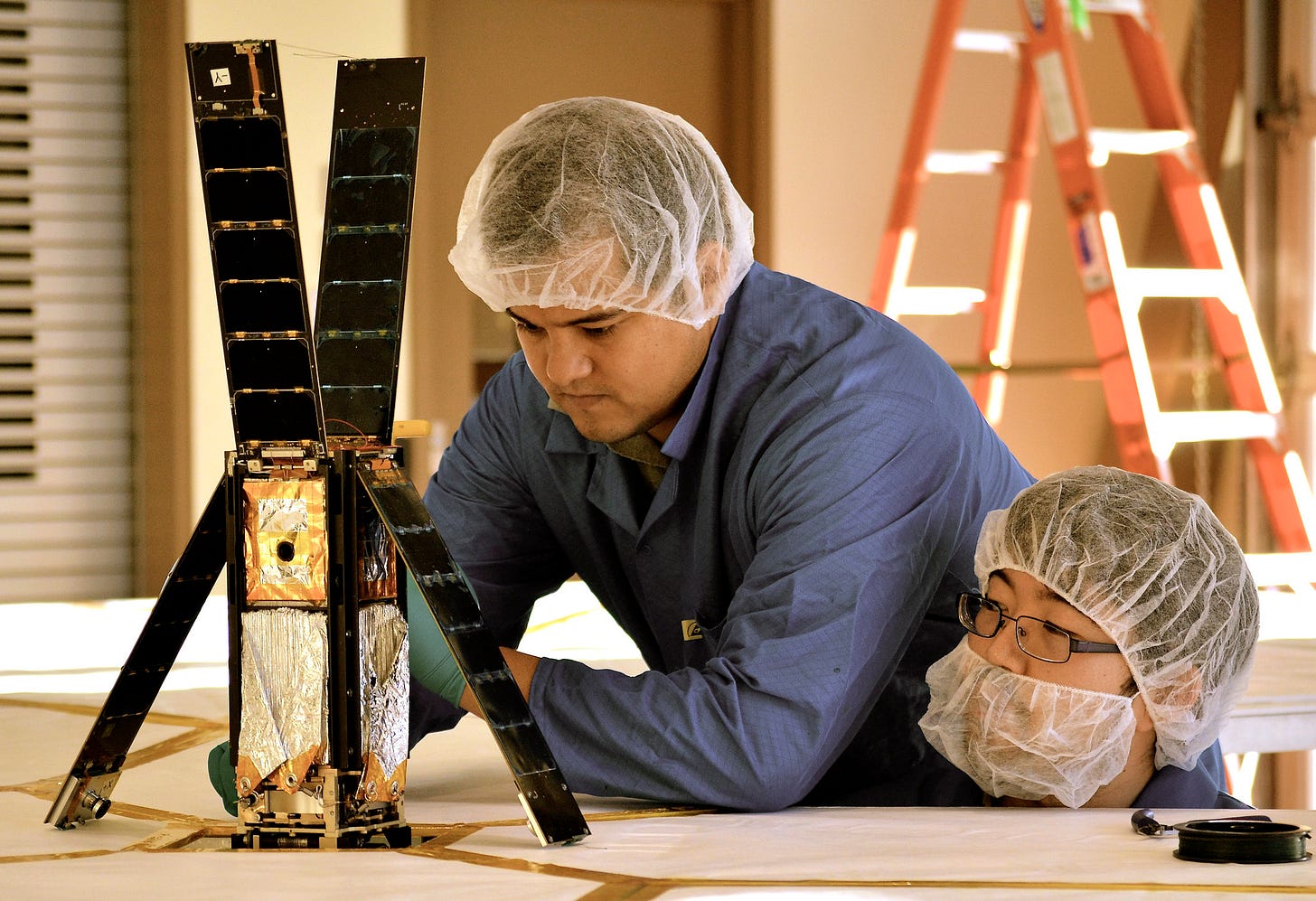Introduction
The small satellite industry stands at an inflection point where precision trumps raw power. As market valuations swing wildly from $4.9 billion in 2024 to projections exceeding $29.7 billion by 2033, according to IMARC Group and Global Growth Insights respectively, investors are discovering that successful smallsat deployment hinges less on launch frequency and more on surgical precision in orbital insertion and timing optimization. The sector's maturation has revealed a fundamental truth: mission success increasingly depends on smart deployment strategies rather than simply getting satellites into space.
This evolution reflects a broader industry shift from the "move fast and break things" mentality of the early commercial space era to a more sophisticated approach emphasizing launch timing precision, orbital accuracy, and propulsion innovations. Companies that master these deployment fundamentals are capturing disproportionate market value, while those fixated solely on launch cadence face margin compression and mission failures. For investors and entrepreneurs, understanding these deployment dynamics represents the difference between backing tomorrow's space infrastructure leaders and yesterday's launch providers.
Market Dynamics: Where Precision Meets Profit
The smallsat deployment market exhibits remarkable fragmentation in valuation methodologies, with market size estimates ranging from $5.18 billion in 2025 to projected $16.07 billion by 2033, according to Straits Research. Other research firms show similar variance, with GM Insights valuing the 2024 market at $6.9 billion and MarketsandMarkets projecting growth from $5.2 billion in 2024 to $11.2 billion by 2029. This wide variance reflects fundamental disagreements about market definition and growth trajectories, suggesting caution for investors evaluating sector opportunities.




